MANATEE PROTECTION EFFORTS FROM SAVE THE MANATEE CLUB
Manatees – Florida’s Gentle Giants
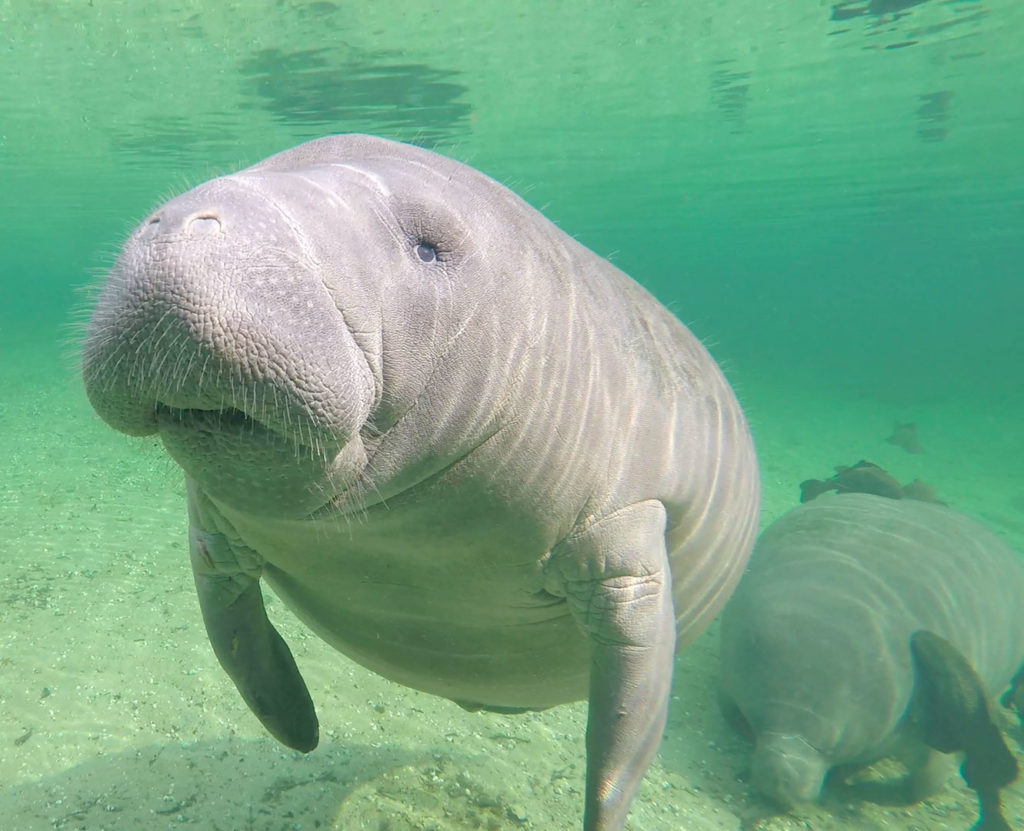
Seeing a manatee in its natural habitat is a uniquely Floridian experience. Most people can recall an unforgettable encounter they had with a manatee. The large, gray aquatic mammals average about 10 feet long and weigh between 800 to 1,200 pounds and appear even bigger in person.
Manatees are found in shallow, slow-moving waterways, including rivers, bays, canals, estuaries, and coastal areas. Like so many Floridians, they are migratory, spending winters in warm Florida waters and summers in neighboring states along the Atlantic and Gulf coasts, searching for vegetation to eat. Manatees cannot survive in temperatures less than 68°F.
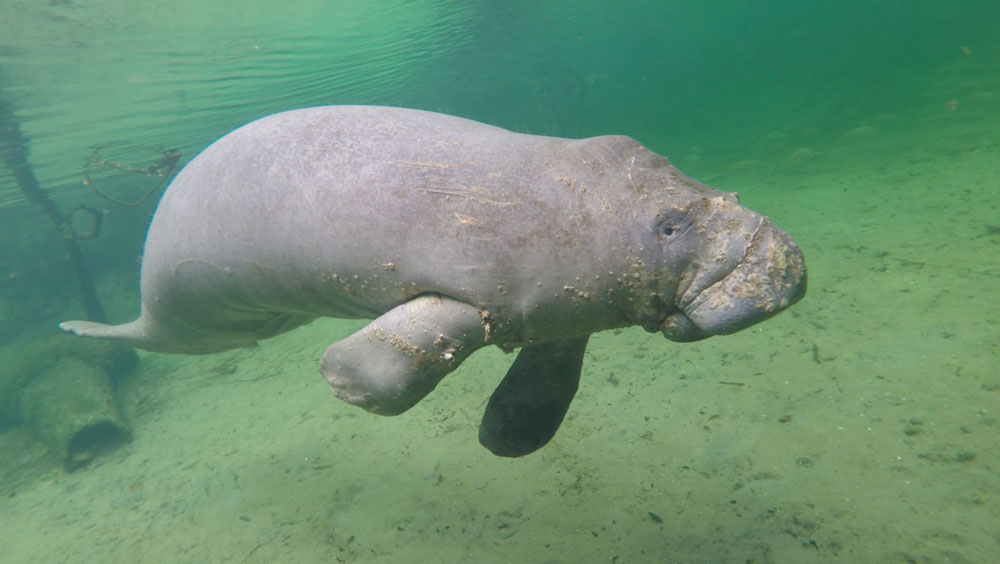
Sadly, these herbivorous gentle giants face many threats in their environment. They are naturally susceptible to cold stress disease from winter temperatures, but the majority of threats are from human-related causes. Their slow nature is no match for collisions with speeding watercraft. They can be crushed or drowned in canal locks and flood control structures, and ingest or become entangled in monofilament line, crab trap lines, and other marine debris. And ultimately, loss of habitat is the most serious threat facing manatees today.
Manatee Protection Efforts
Manatees were first protected by the Marine Mammal Protection Act of 1972 and were later provided “endangered status” under the Endangered Species Act of 1973. At that point, the manatee population had been depleted from hunting, and very little was known about them.
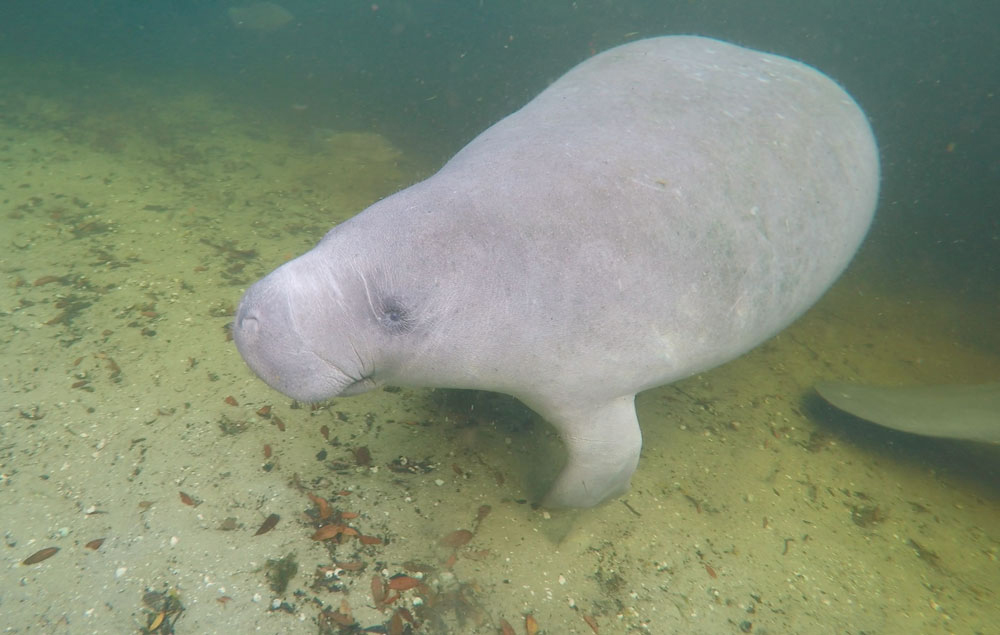
In 1981, the Save the Manatee Committee task force was formed by then-Governor Bob Graham and manatee lover and singer-songwriter, Jimmy Buffett. Their goal was to educate the public about the presence of manatees in Florida’s waters, and what they could do to reduce threats to their long-term survival. Eventually, the task force became the nonprofit Save the Manatee Club, known today for their education and advocacy work.
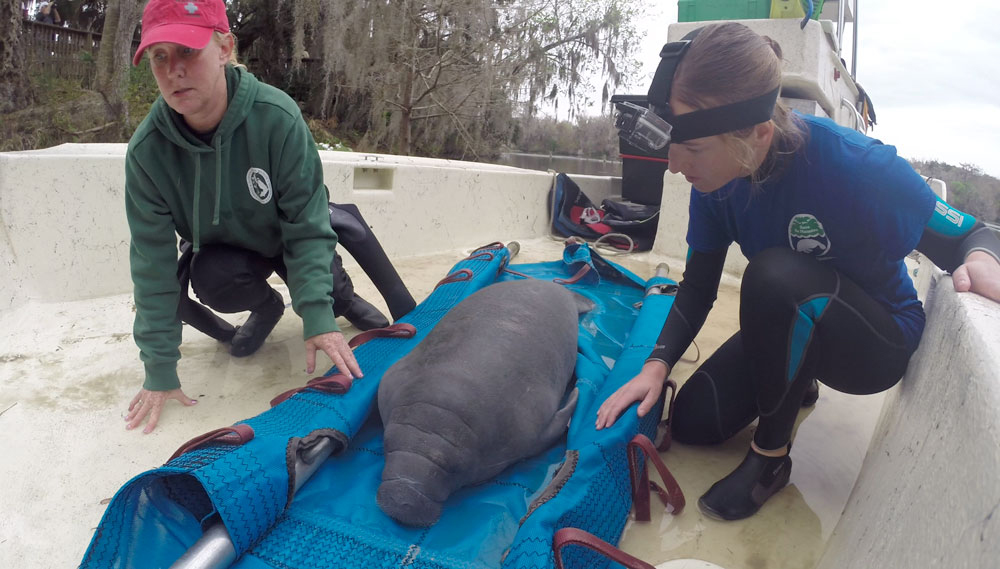
Since then, safeguards have improved for manatees and their aquatic habitat. Boat speed zones, Manatee Protection Plans, and designated manatee sanctuaries have been implemented and research has improved. Efforts to rescue, rehabilitate, and release sick, injured and orphaned manatees have expanded. Despite an overall growth in population since their initial designation, in 2017, manatees were downlisted from “endangered” to “threatened”, a move many scientists argued was premature given the increasing and unprecedented threats they face in their habitat.
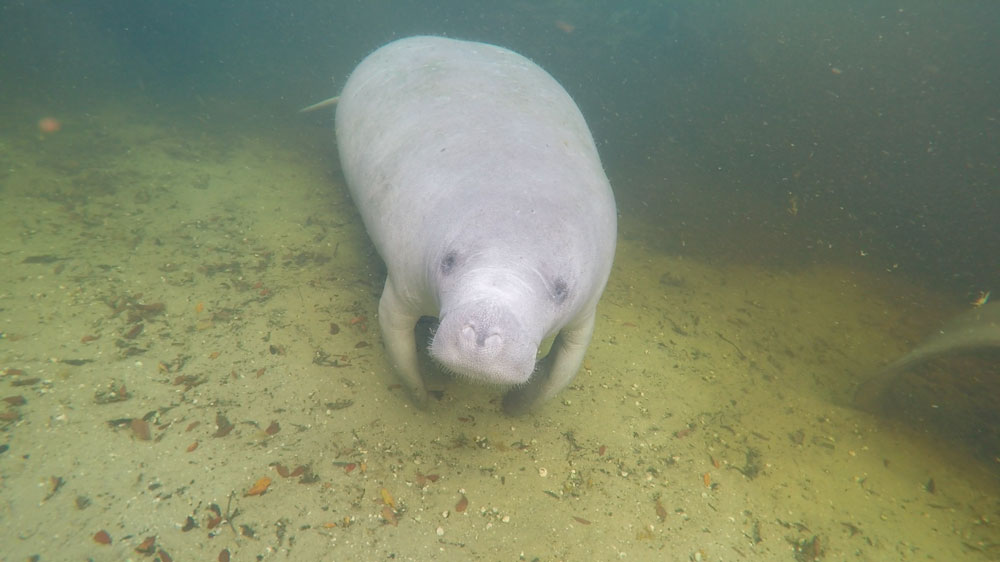
Algae Blooms, Seagrass Loss, and Manatee Deaths
During the 2020-2021 winter season, a federal Unusual Mortality Event was declared for the manatee population on Florida’s Atlantic coast, particularly along the Indian River Lagoon (IRL) from Volusia County to Palm Beach County. As of 8/13/21, over 900 manatee mortalities were recorded, far surpassing the previous 5-year average of 418 mortalities per calendar year. The reason for this heart-rending number? Massive losses in seagrass, an important food for manatees, caused by harmful algal blooms in the IRL.
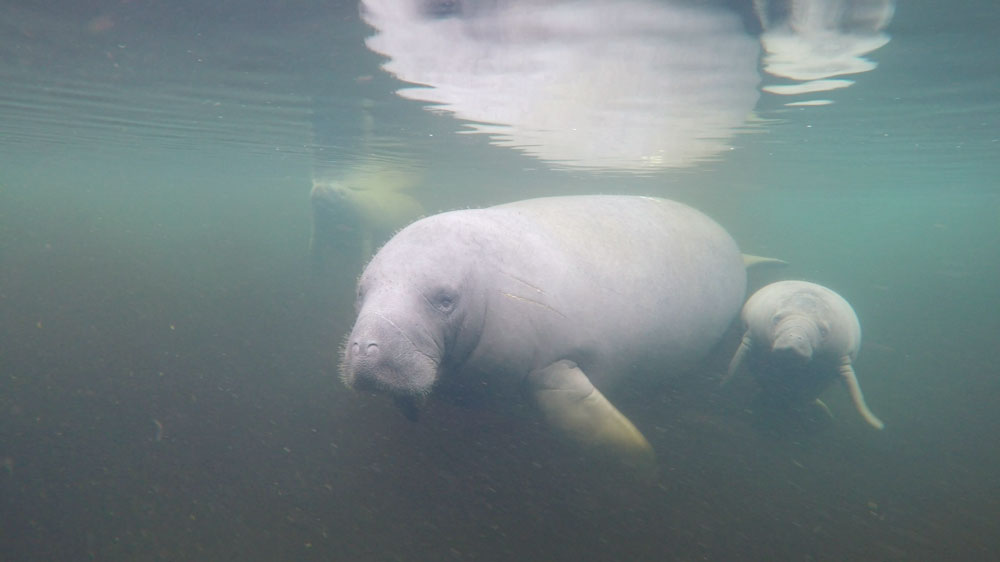
Over many decades, excessive human-produced nutrient pollution has fueled these algal blooms, blocking light from reaching seagrass beneath the surface. Manatees gathering at warm water locations, such as power plants, along the IRL have had very little seagrass or vegetation to eat in the immediate vicinity. Traveling further for forage would mean deadly exposure to cold water, so many manatees ultimately chose to forgo feeding over dying from the cold. Coupled with the typical deadly threats from speeding boats, cold temperatures, and red tide algal blooms on the Gulf coast, it has been a record breaking year for manatee mortalities.
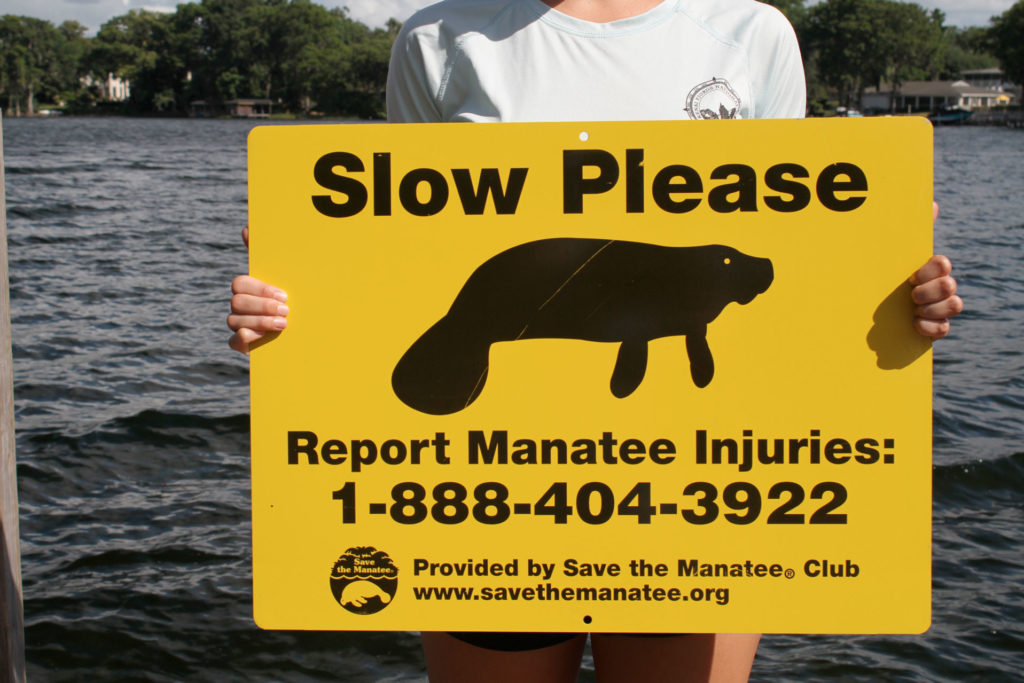
How to Help:
Cleaning up aquatic habitat is not something that can be done overnight, but many agencies are working together to prevent pollution and restore seagrasses. Dirty water is a threat to health, to our economy, and to the quality of life for humans and manatees, and we can all make a difference. Here’s how you can help manatees.
At Home:
• Fertilize less, or not at all. Many established landscapes may not need fertilizer. Learn more fertilizer tips at savethemanatee.org/algae.
• Write to your elected officials with your concerns.
• Donate to manatee conservation through the Adopt-A-Manatee® program at savethemanatee.org/adopt.
On the Water:
• Obey posted speed zone signs.
• Avoid boating over seagrass beds, or if you must, trim up your motor and idle to a safe depth before getting on plane.
• Do not give manatees food or water. This is illegal and teaches them to associate people and/or boats with handouts. Do not touch or disturb manatees.
• Report distressed, sick, injured, or dead manatees to the FWC at 1-888-404-FWCC (3922) or use VHF Channel 16 on your marine radio. Watch the video “Does This Manatee Need Help?” at savethemanatee.org/resources.
-By Ally Greco, Director of Communications & Outreach, Save the Manatee Club



